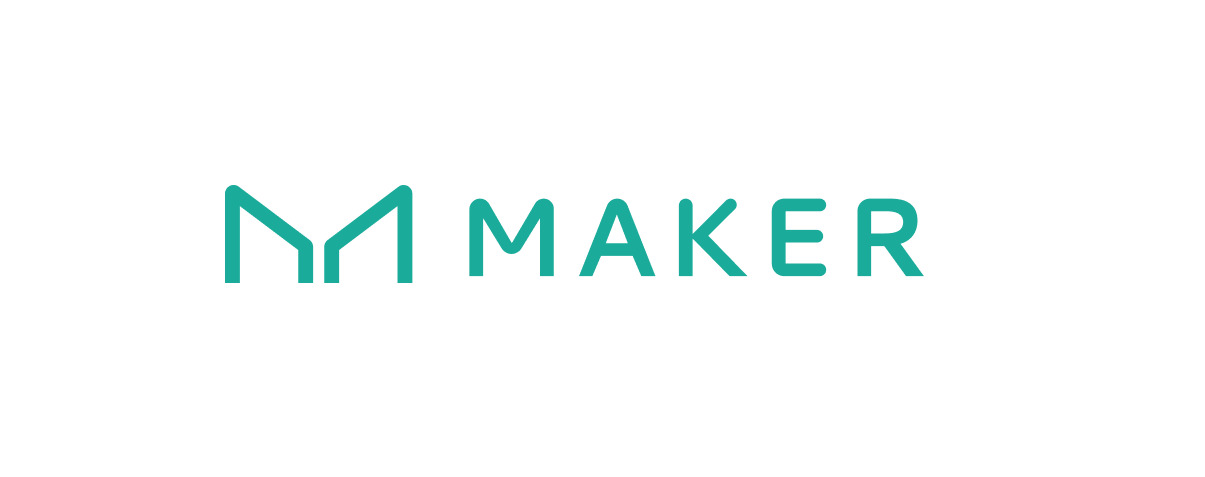
Scallop
A framework and language designed for neurosymbolic programming.
Overview
Scallop is a specialized framework and programming language focused on neurosymbolic programming, which combines neural networks with symbolic reasoning. It aims to provide developers with tools to build applications that leverage both data-driven learning and rule-based logic. This hybrid approach is particularly useful for complex decision-making systems where interpretability and learning from data are both critical. Scallop targets developers working on advanced AI integrations within web3 environments, including decentralized finance (DeFi) and DAO tooling.
The framework offers a language designed to express symbolic rules alongside neural components, enabling seamless integration between these paradigms. While detailed documentation and onboarding resources are limited, the project is open source and available on GitHub, allowing developers to explore the codebase and contribute. Scallop’s design supports extensibility and composability, making it suitable for teams looking to experiment with neurosymbolic models in decentralized applications.
What sets Scallop apart is its focus on neurosymbolic programming within the web3 space, a niche not widely addressed by other developer tools. This enables more interpretable AI models that can be audited and reasoned about, which is valuable for compliance and governance in decentralized systems. Although adoption data and real-world integrations are not publicly detailed, Scallop’s open-source nature encourages experimentation and innovation in AI-driven smart contract and DAO development. Developers interested in combining symbolic logic with machine learning in web3 contexts can start by exploring the GitHub repository and experimenting with the language constructs provided.
The Problem
Developers face challenges integrating neural network learning with symbolic reasoning in decentralized applications, limiting the ability to build interpretable and auditable AI-driven systems. Existing tools often focus on either purely symbolic logic or purely neural models, lacking a unified approach for neurosymbolic programming.
The Solution
Key Features
Hybrid Language Design
A language that expresses both symbolic rules and neural components seamlessly.
Extensibility
Supports composability for building complex neurosymbolic models.
Key Strengths
How Developers Use Scallop
Interpretable AI for DAO Governance
Developers can build AI models that reason with symbolic rules for transparent DAO decision-making.
Hybrid AI Models in DeFi Protocols
Integrate neural learning with rule-based logic to improve risk assessment and compliance.
Research and Experimentation in Neurosymbolic Programming
Academic and developer teams can prototype neurosymbolic systems for decentralized applications.
Works Well With Sui
Sui Solana
Solana Ethereum
Ethereum Binance Smart Chain
Binance Smart Chain Avalanche
Avalanche





Power your next build
Discover trusted tools and services in the QuickNode Marketplace. Everything you need to launch faster and scale smarter.
Scallop Alternatives
Explore web3 competitors and apps like Scallop.

0x
0x provides battle-tested APIs to embed fast, gasless, and deeply liquid crypto trading into decentralized applications.

Crypto.com
Crypto.com is a comprehensive platform offering cryptocurrency trading, payments, wallets, and DeFi services to over 150 million users worldwide.

Firebird Finance
Firebird Finance is a decentralized finance (DeFi) platform offering various financial products and services.

Balancer
Balancer is a decentralized automated market maker (AMM) protocol enabling customizable liquidity pools and token swaps on Ethereum.

EarnPark
EarnPark is a decentralized finance (DeFi) platform focused on automated market making and digital wealth building strategies.

Osmosis
Osmosis is the leading decentralized exchange and DeFi hub built as a sovereign Layer 1 appchain in the Cosmos ecosystem, enabling cross-chain asset swaps and liquidity provision.

MakerDAO
MakerDAO enables the generation of Dai, the world’s first unbiased currency and leading decentralized stablecoin.

TrueUSD (TUSD)
TrueUSD is a USD-backed stablecoin offering transparent, multi-chain digital currency with daily third-party attestations of reserves.

Ethena USDe (USDe)
Ethena is a synthetic dollar protocol on Ethereum offering a crypto-native, censorship-resistant stablecoin and a dollar-denominated savings instrument.
Resources
The primary resource for Scallop is its GitHub repository, which hosts the source code and serves as the main entry point for developers interested in exploring the framework. There is limited formal documentation available, so users rely on the codebase and community contributions for learning and support.
